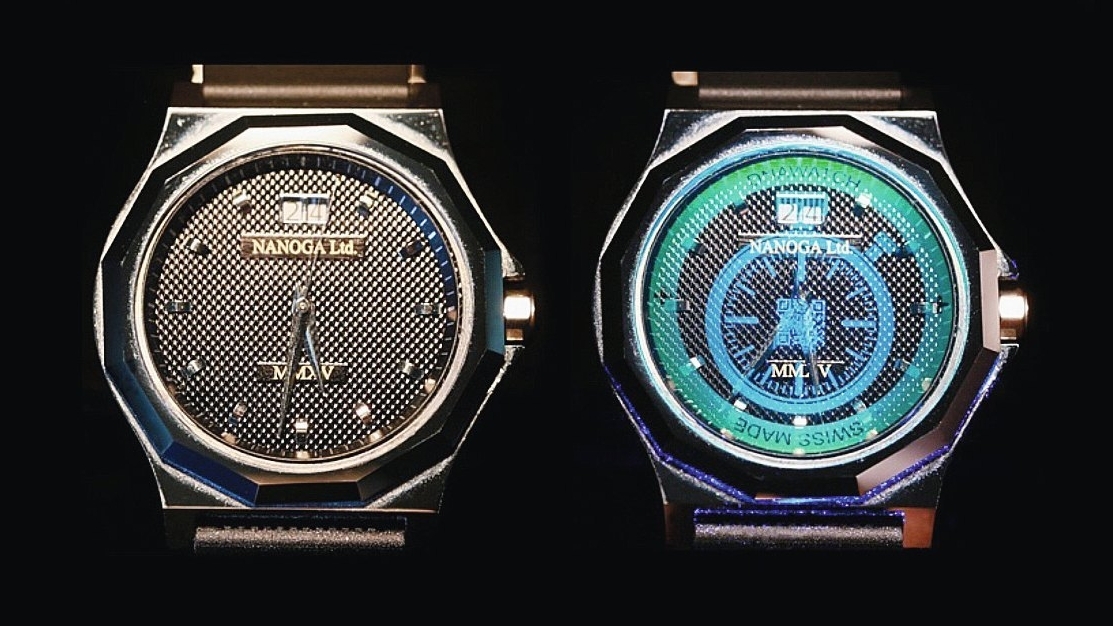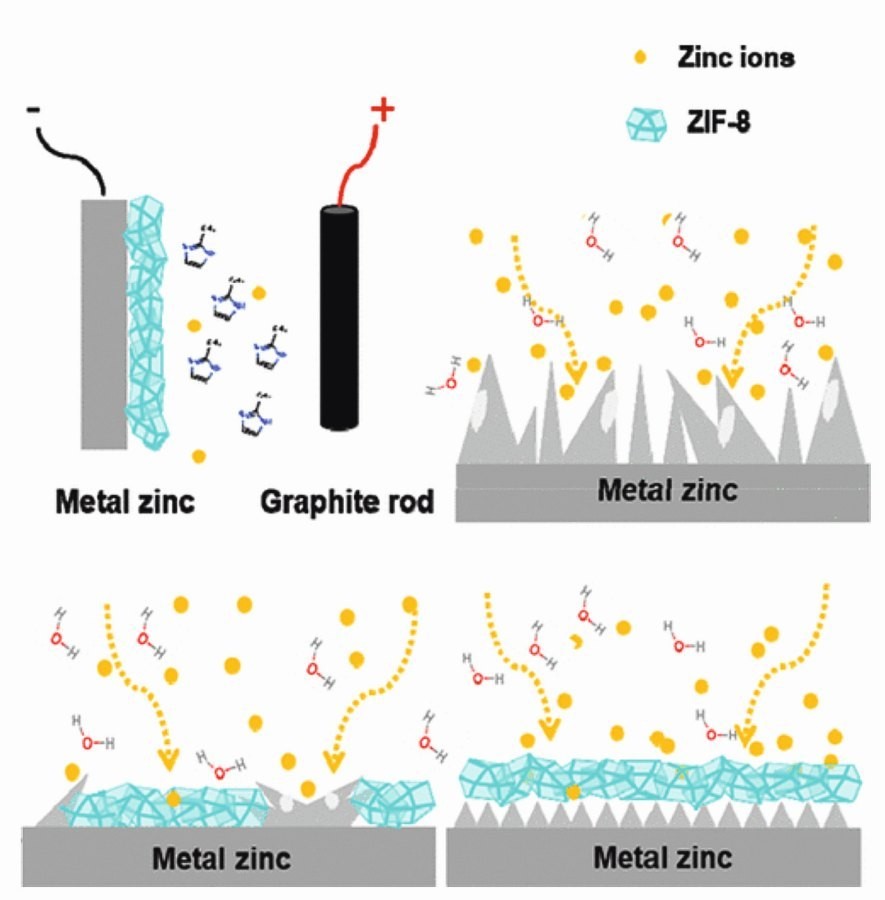Combating counterfeit wristwatches
Supposedly high-quality watches can be bought cheaply in many countries, especially around tourist attractions. These are counterfeit watches that can hardly be distinguished from the original watches. It is estimated that around 400 million counterfeit wristwatches worth 1 billion US dollars are sold every year. The "super fakes" that have been available for a few years now pose a particular challenge.
The EPFL start-up Nanoga has developed a method for applying a nanoscopic watermark to glass or ceramic that is invisible to the naked eye. Products with this watermark, which is only visible under ultraviolet light, are still impossible to counterfeit. The CEO of Nanoga, Nasser Hefyene, was originally looking for a technology for high-quality watches made of sapphire crystal and then found it with Prof. Dr. Nicolas Grandjean, Professor at the EPFL Laboratory for Advanced Semiconductors in Photonics and Electronics. A system of photonic watermarks for glass, ceramics and metal has now been patented.
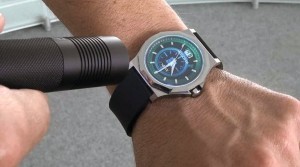 The technology does not require any high-tech equipment to verify the authenticity of a product. In addition, the appearance of the product is not altered. According to reports, reproducing such a nanometric image would be as complicated as trying to counterfeit the Swiss 50-franc note. The process uses a secret chemical formula that is protected by patent.
The technology does not require any high-tech equipment to verify the authenticity of a product. In addition, the appearance of the product is not altered. According to reports, reproducing such a nanometric image would be as complicated as trying to counterfeit the Swiss 50-franc note. The process uses a secret chemical formula that is protected by patent.
In a device normally used to produce LEDs, the substances are applied to the surface in the form of vapor. A series of nanophotonic atomic layers, which are more than 10,000 times thinner than a hair and do not change the properties of the material in any way, are applied. Lithographic printing is then used to activate certain areas to create the watermark. Under the influence of ultraviolet light, the watermark is immediately visible to the human eye.
Product manufacturers can provide the glass, which is inscribed with the image in the color of their choice, and then receive the glass back ready for installation.
Nasser Hefyene is an expert in the counterfeit watch trade.
https://actu.epfl.ch/news/nano-watermark-sorts-fakes-from-genuines/#
Silver nanowires and nickel plating
The global level of networking is constantly increasing. In parallel with the development of new technologies, sustainability, recycling and extending the service life of electrical and electronic devices and systems are becoming increasingly relevant. Electrical contacts, semiconductors and solar panels are a few examples where silver plays a key role thanks to its properties. A study by the consulting firm CRU International concludes that the demand for silver for technical applications alone will increase by more than 10 % to 7 million kilograms over the next five years.
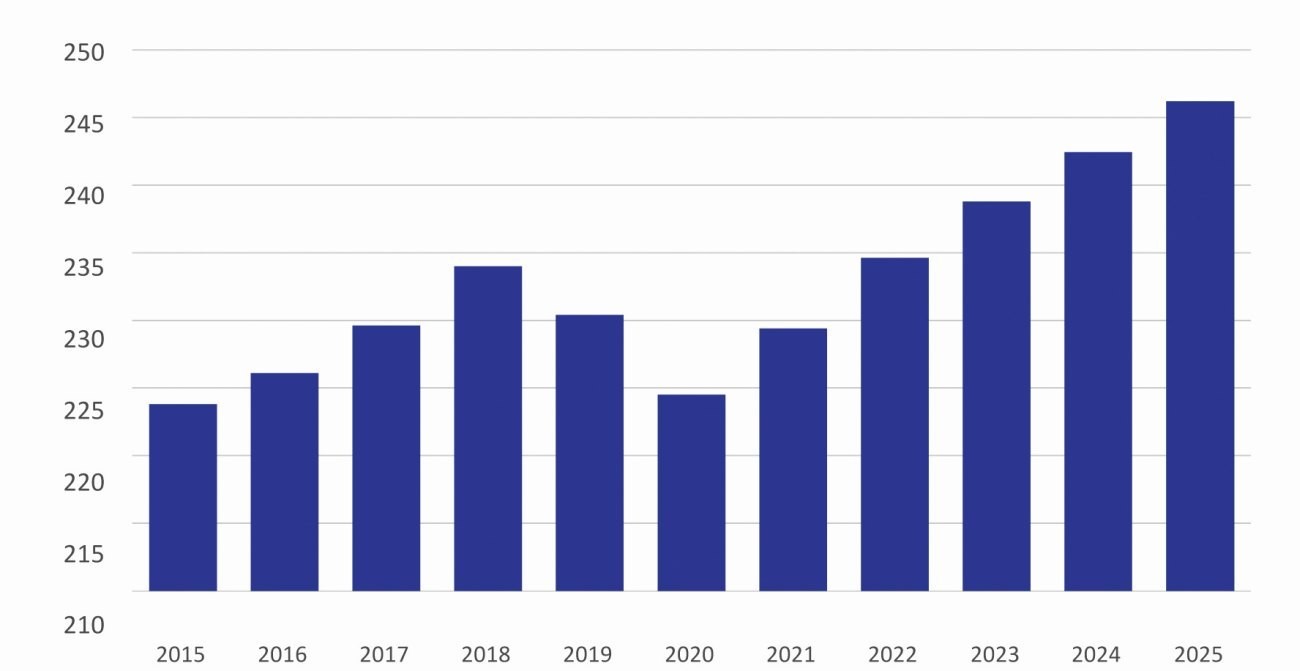 CRU projection of silver demand (in Moz) for the coming years
CRU projection of silver demand (in Moz) for the coming years
Silver is used in various forms in the electrical and electronics industry. Here, silver nanowires (AgNWs) have many advantages, especially in portable electronic devices. However, AgNWs suffer from certain drawbacks, including electrochemical migration and degradation by UV rays or sulfur-containing compounds.
Scientists at the Shenzhen Institute of Advanced Technology in China have investigated whether electroplating AgNWs with copper, cobalt or nickel could bring benefits. It was found that coating with nickel was the most effective. The Ni@AgNWs had better resistance to sulphur-containing compounds. One reason for this is the very dense coating of nickel on AgNWs. The interaction between the freshly coated nickel particles and the silver surface is strong. Good shielding against electromagnetic interference (EMI shielding) up to 30dB with good stability in the frequency range 8.2-12.5 GHz was also achieved. The galvanic coating of AgNWs with nickel results in flexible, transparent films with high conductivity and reliability and enables industrial applications.
ACS Appl. Electron. Mater. 2021, 3, 8, 3329-3337; https://www.silverinstitute.org/wp-content/uploads/2021/09/SilverGlobalConnectivity_MmktTR2021.pdf
Personal Computer Market in India
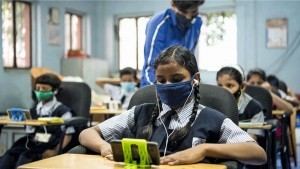 The market for personal computers (PCs) is growing rapidly in India. In the 2nd quarter of 2021, 4.1 million PCs, including desktops, notebooks, tablets and workstations, were sold. HP and Lenovo were in first and second place, followed by Dell, Samsung and Acer. According to a study by Canalys, Lenovo's excellent supply chain management is an important factor in its success. Distance learning, teaching and training are seen as important reasons.
The market for personal computers (PCs) is growing rapidly in India. In the 2nd quarter of 2021, 4.1 million PCs, including desktops, notebooks, tablets and workstations, were sold. HP and Lenovo were in first and second place, followed by Dell, Samsung and Acer. According to a study by Canalys, Lenovo's excellent supply chain management is an important factor in its success. Distance learning, teaching and training are seen as important reasons.
In addition, the Indian government has far-reaching digitization plans and is an important customer for PCs. If anything, the pandemic has accelerated the trend towards digitalization.
https://www.canalys.com/newsroom/pc-sales-in-india-q2-2021
Highly reversible zinc anodes
For energy storage, aqueous zinc-ion α-MnO2 batteries are considered very safe and cost-effective. One problem is the formation of dendrites due to inconsistent zinc stripping/plating. Chinese scientists have developed a method to electrolytically coat the zinc anode with a protective film of zeolitic imidazolate framework (ZIF-8) in a controlled manner. ZIF-8 can be easily synthesized chemically and has been studied in batteries with Li+, Na+ and K+ ions.
The protective film had non-conductive properties. The battery life increased by 5000 cycles at 10 mA cm-2 from 1 mA h cm-2.
 Cross-sectional SEM image of (a) non-modified zinc and (b) ZIF-8@Zn (1 h after 3 cycles at 2 ma m-2 for 1 mAh cm-2)
Cross-sectional SEM image of (a) non-modified zinc and (b) ZIF-8@Zn (1 h after 3 cycles at 2 ma m-2 for 1 mAh cm-2)
J. Phys. Chem. Lett. 2021, 12, 37, 9055-9059

